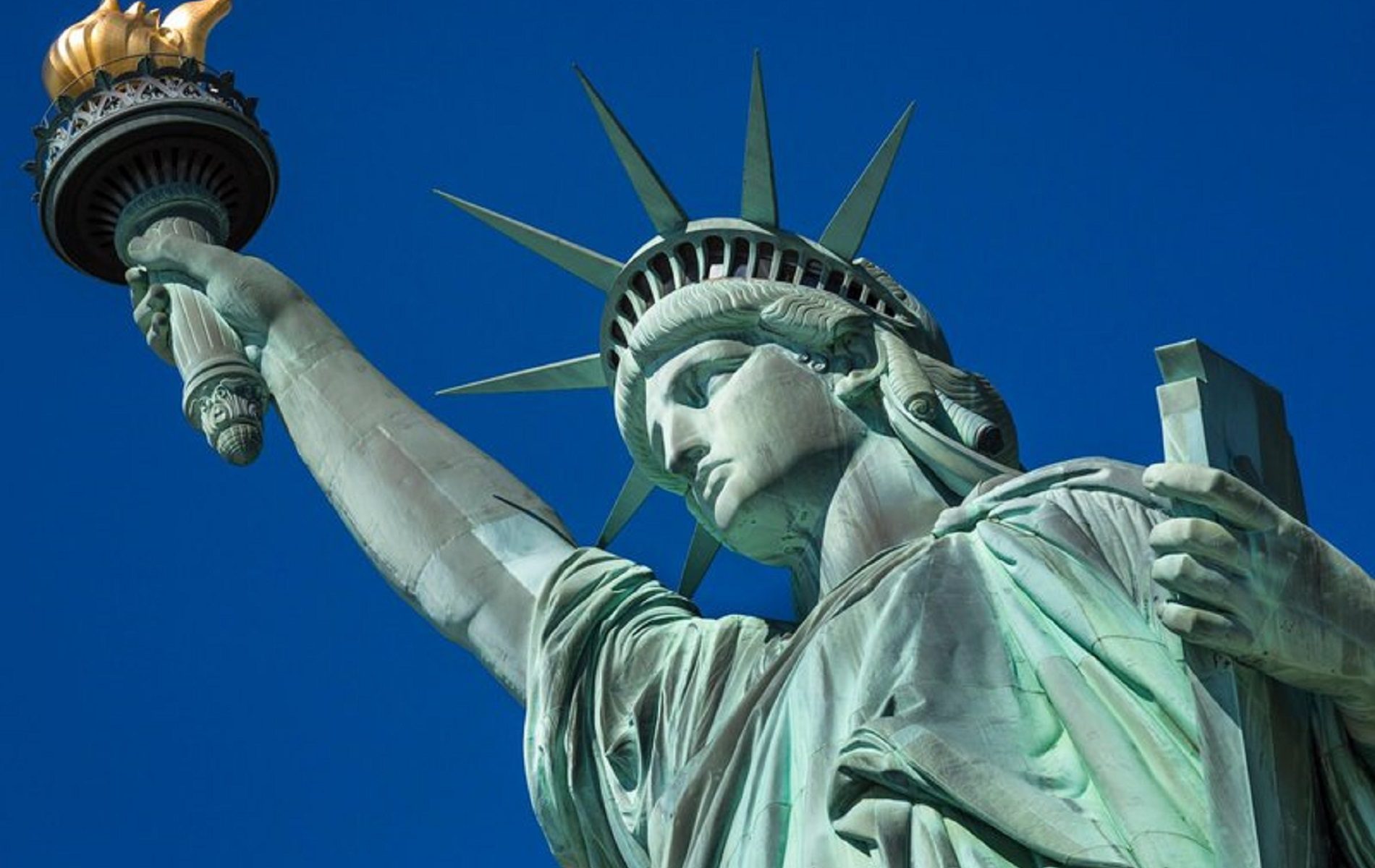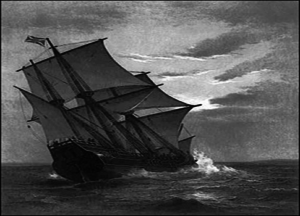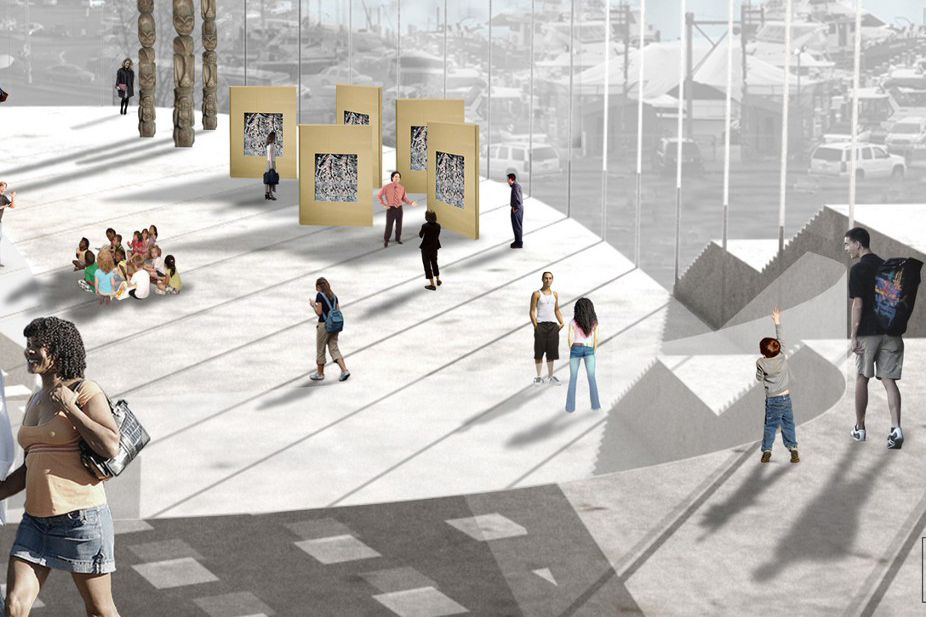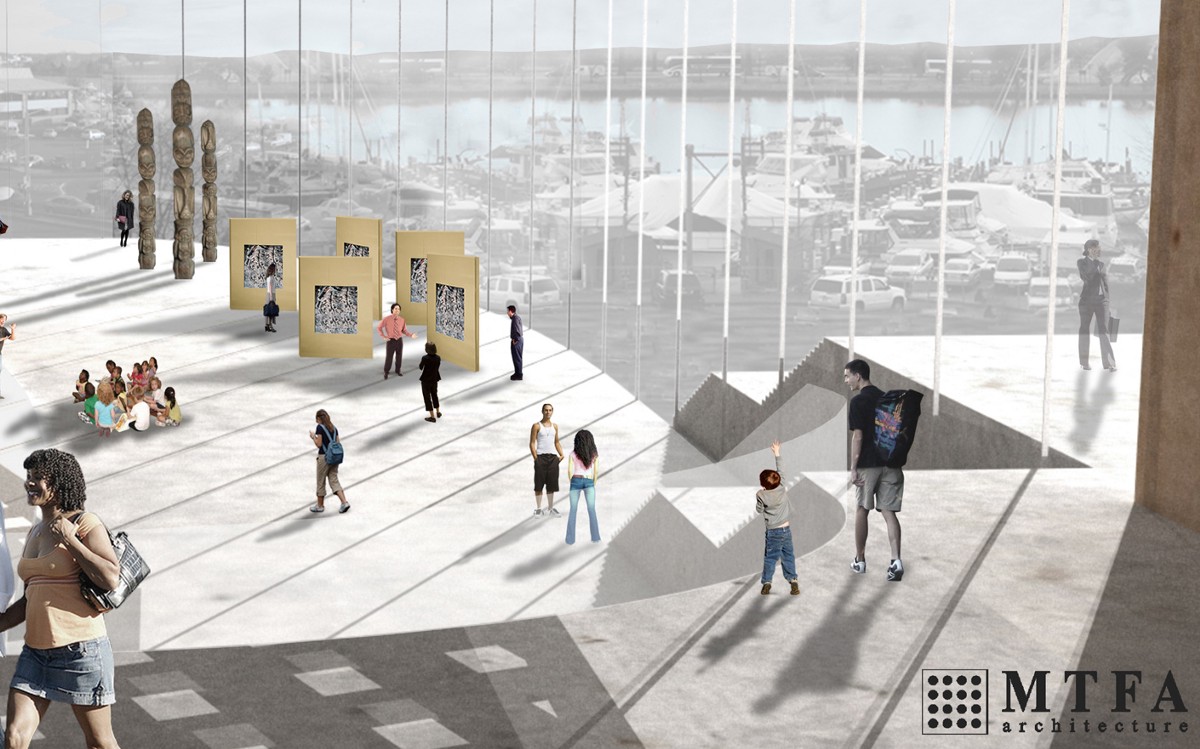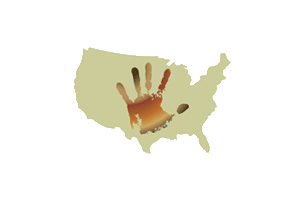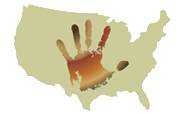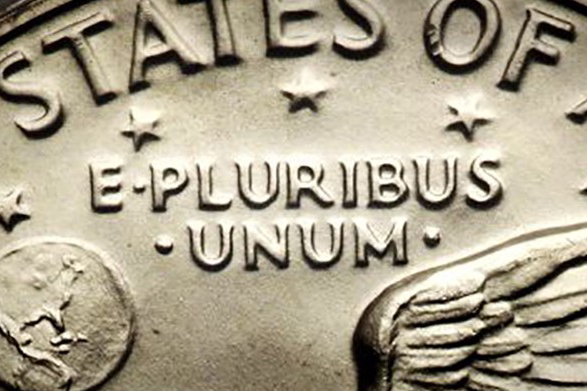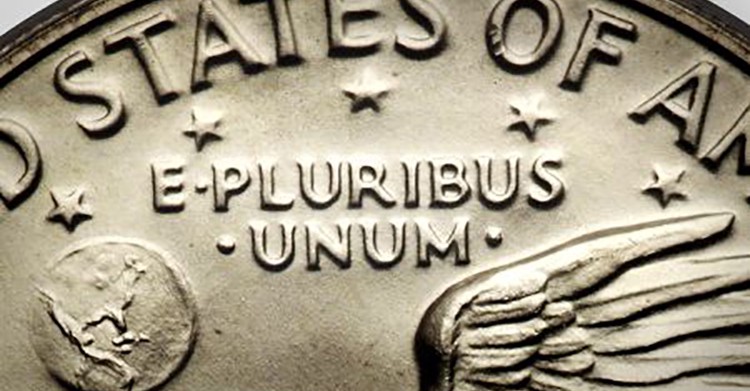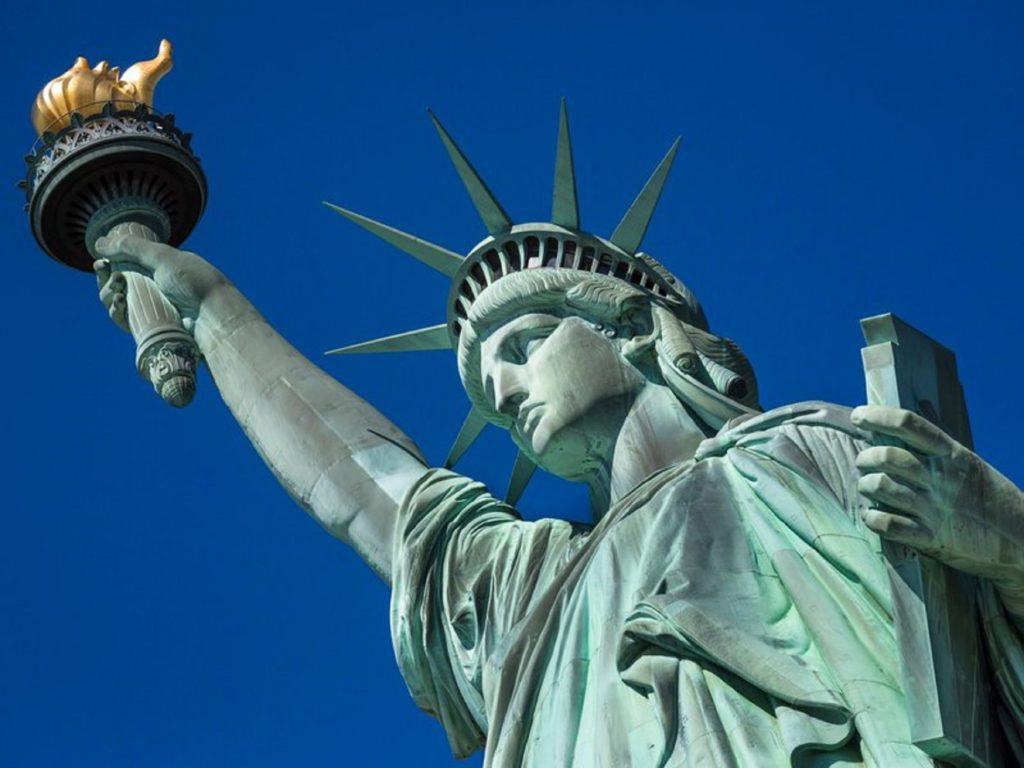
This is the third of four blogs to describe how the National Museum of the American People will tell its story through four chapters.
The third chapter of the story that the National Museum of the American People will tell brings us up to the period of our great grandparents, our grandparents and, for many, our parents. It delves into the history of those groups that came from all over the world during this great century of immigration from 1820 to 1924. This century, characterized by industrialization and urbanization and tragically punctuated by the Civil War, saw 36 million immigrants flow to the United States. The ancestors of most Americans came here during this period.
About two-thirds, 22.4 million, came between 1881 and 1920. The decade 1901 to 1910 alone saw 8.8 million immigrants, almost a million every year. In general, older stock European immigrants moved to settle the western frontiers while newer immigrants tended to stake their fortunes in the new urban and industrial frontiers.
From 1820 to 1914, 30 million came from Europe, including 5 million Germans, 4.5 million Irish, 4.5 million Italians, 2.6 million Poles, 2.6 million English and 2 million Jews (at first mostly from Germany and then from Poland and Russia).
In addition, 2.2 million crossed over from Canada, 900,000 crossed from Mexico and other parts of Latin America, 370,000 were Chinese and 275,000 were Japanese. Others included Scandinavians, Greeks, Arabs, Armenians, Turks, Hungarians, Russians, Austrians and others from Eastern Europe. All of these peoples added to the rich mix we call Americans
The stories of each of these and other immigrant groups, and the change in immigration patterns over time of these groups, will be told in this chapter of the National Museum of the American People. The further geographical expansion of the nation to include ever more peoples will also be covered, including the movements into lands purchased (Alaska and parts of Arizona); obtained through treaty and annexation (the Pacific Northwest, Hawaii and most of Texas); and war (the U.S. Southwest, including California, and Puerto Rico).
This period ends with a series of restrictive immigration laws including the Chinese Exclusion laws of the 1880s and the Immigration Act of 1924.
This chapter includes the story of Ellis Island from 1892, when it opened, until it stopped functioning as a reception center in 1932. Some 12 million immigrants passed through Ellis Island, a third of all that arrived during this century of immigration. While some of these stories are told in many ethnic museums around the nation, with Ellis Island being the most prominent, nowhere is the full story of this period told in a full chronological and comprehensive manner.
NOTE: Some of the material herein is based on Coming to America: A History of Immigration and Ethnicity in American Life by Roger Daniels. Leading scholars are expected to develop a detailed outline of the National Museum of the American People’s story following the establishment of the Museum.
This blog is about the proposed National Museum of the American People which is about the making of the American People. The blog will be reporting regularly on a host of NMAP topics, American ethnic group histories, related museums, scholarship centered on the museum’s focus, relevant census and other demographic data, and pertinent political issues. The museum is a work in progress and we welcome thoughtful suggestions.
Sam Eskenazi, Director, Coalition for the National Museum of the American People

